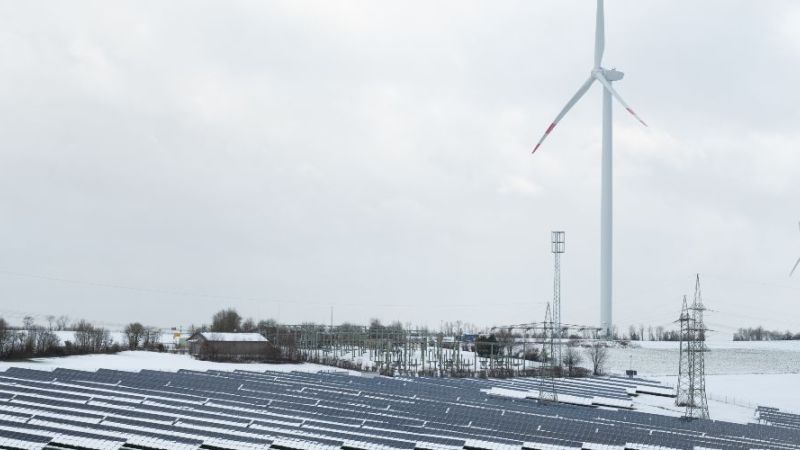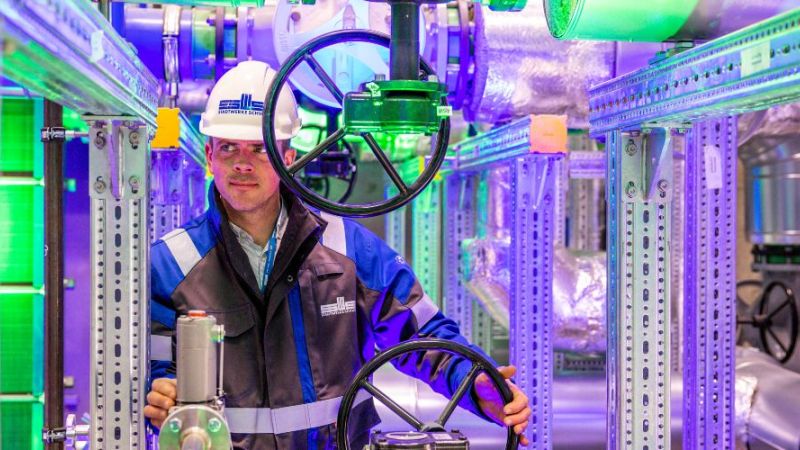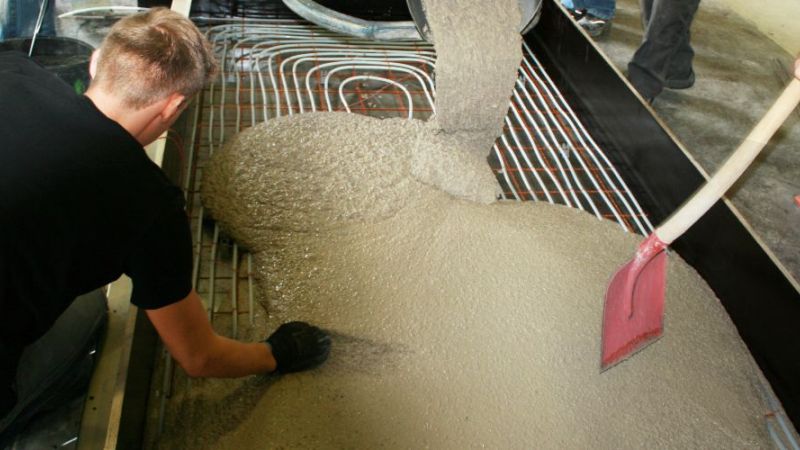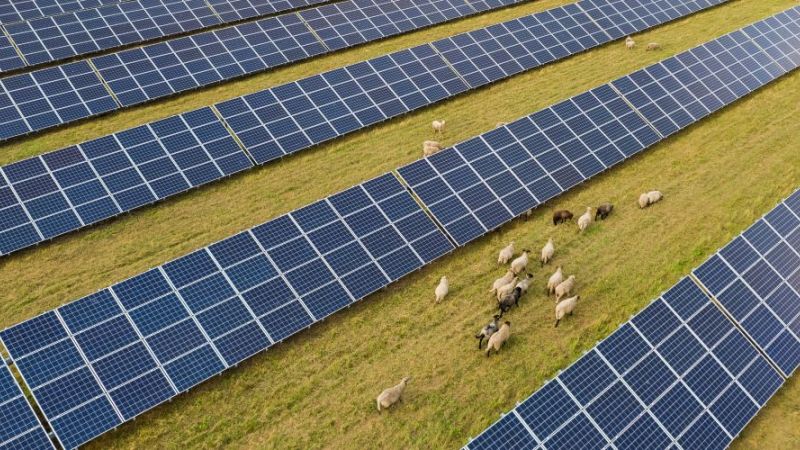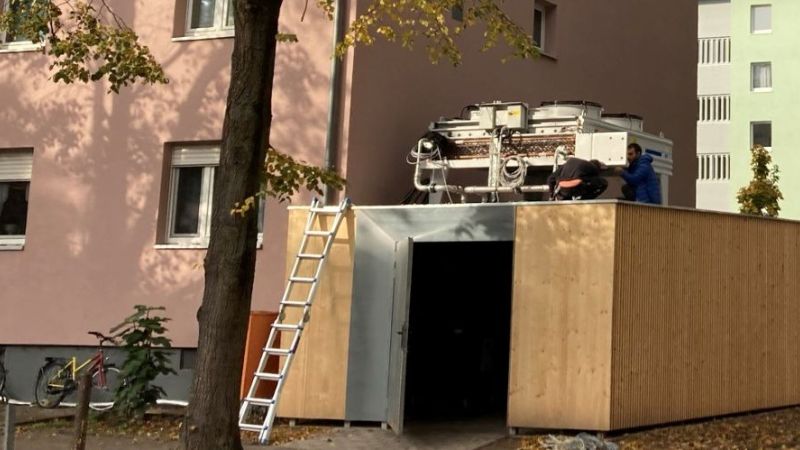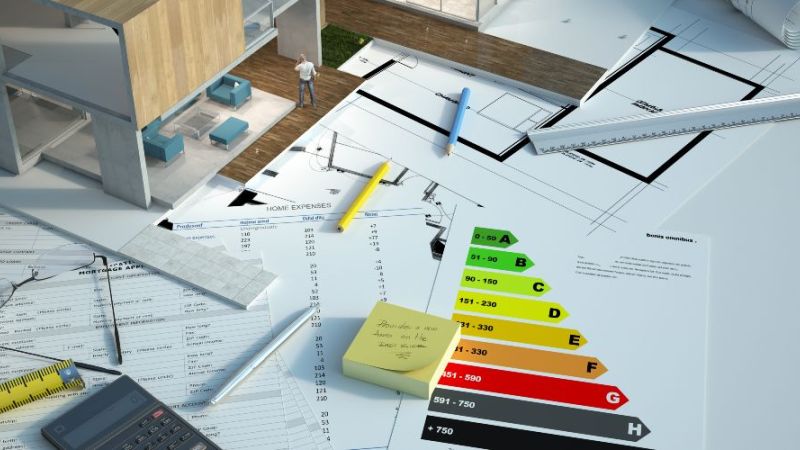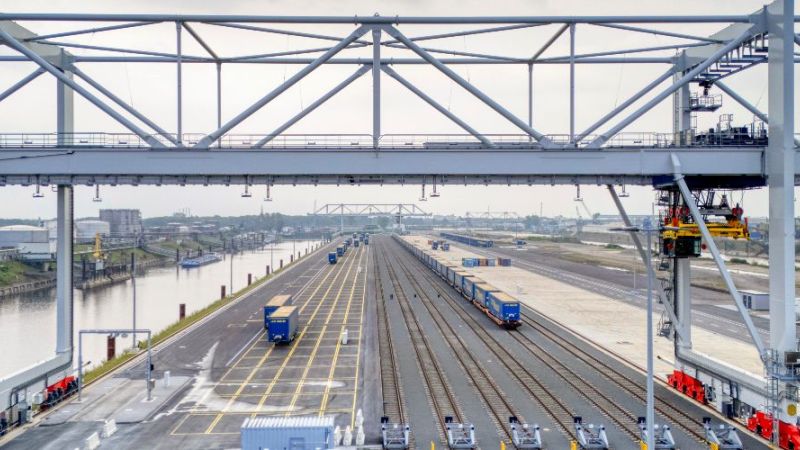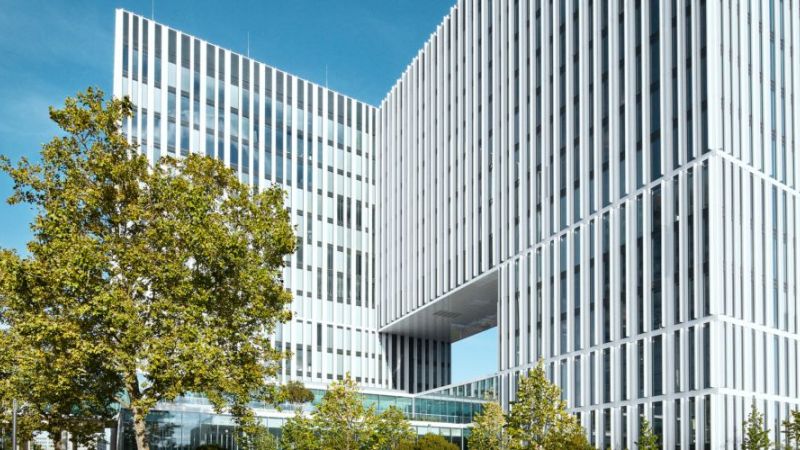 ©SasinParaksa - stock.adobe.com
©SasinParaksa - stock.adobe.com
Climate-Smart Behaviour during the Pandemic
These Ventilation Concepts Reduce Aerosols and Save Energy
A team of researchers working on the MinInfekt project is investigating how indoor air hygiene can be improved in existing buildings in as energy-efficient a manner as possible. Initial interim results provide recommendations for effectively and practically reducing the risk of infection in classrooms, offices, etc.
Face masks, social distancing, coronavirus tests – the SARS-CoV-2 pandemic has changed many areas of our lives. Protection against infection has also posed new challenges for technical building equipment, particularly with regard to ventilation. Most classrooms, lecture theatres, and offices are ventilated by manually and regularly opening windows. This reduces the concentration of aerosols in the rooms, which in turn reduces the risk of infection. But people air rooms depending on their own perception and not based on sensors or measurement data. A recent study conducted by Hochschule München University of Applied Sciences examined 52 schools and found that 25 % of these were not adequately ventilated on school days.
Intensively ventilating a room by opening windows causes heat regulation problems within a building. Heating systems have to run more often and for longer, consuming considerably more energy. A team of researchers from TU Berlin hopes to solve this problem. In March 2021, they started the MinInfekt project, which looks at providing the air volumes required to reduce the risk of infection via aerosols in an effective and energy-efficient manner. The researchers are compiling a comprehensive overview of energy-efficient methods for increasing room ventilation. Initial interim results indicate risk factors as well as potential solutions.
Particularly high risk in offices and classrooms
At the project outset in April 2021 and with a view to the new school year, the researchers decided to focus on classrooms and offices occupied by more than one person, as spending time in these rooms is exceptionally risky – particularly without a face mask. Different studies have already shown this in the past. The risk of infection in such rooms is as high as it is in a supermarket when the customer capacity is 80 % and all customers are wearing face masks.
However, this risk can be reduced. Tests with a recirculating air filter system in a typical classroom showed that for a volume flow of 1000 cubic metres per hour, the aerosol concentration could be reduced in the measuring period of 45 minutes by around 70 % without having to manually ventilate the room as well. In a real classroom situation during teaching, a very high CO2 concentration would be achieved without using additional ventilation measures. A mobile recirculating air filter system is therefore far less practicable.
Die Forschenden sind zu dem Ergebnis gekommen, dass mobile Luftfilter bestenfalls andere, frischluftzuführende Lüftungssysteme unterstützen können, um den Schutz vor Infektionen zu erhöhen.
CO2 sensors provide valuable information
In private homes, where face masks are not usually worn, regular ventilation is even more important. The MinInfekt team considers CO2 sensors an important aid for private use. The sensors determine exactly when a room must be ventilated. Irrespective of the current pandemic, CO2 concentrations below 1000 parts per million (ppm) are considered hygienically unproblematic. These devices should be installed in schools and offices to guarantee regular, manual ventilation or to verify whether existing ventilation systems need to be adapted. If the CO2 concentration is kept below 1000 ppm in a room – by supplying virus-free air – the risk of infection is reduced by a factor of seven. By comparison, if one person halves the time they spend in the room, the risk is reduced by a factor of two, and if they wear an FFP2 mask, by a factor of five.
Small modernization, big effect
For installed ventilation systems, the researchers found that even small modernizations can have a big effect. To increase the air volume in a system – and thus decrease the viral load in a room – it is essential that new, speed-controlled motors and ventilators be installed. This increases the energy efficiency of a system not only in pandemic operation but also in normal operation.
New, speed-controlled motors and fans are considered an eligible accompanying measure for conversion or upgrade measures within the scope of the federal funding for Corona-compliant, stationary ventilation and air-conditioning systems (as of December 2021). Further funding opportunities exist via the federal funding for efficient buildings (individual measures), the federal funding for energy efficiency (Module 1: Cross-sectional technologies).
To save energy, heat recovery technologies are also important. Circulation systems are considered the safest option in terms of protection against infection because supply and exhaust air are not mixed. Leaks in these systems should be minimal. Wherever that is not possible or where the ventilation system mixes supply and exhaust air without filtering them first, researchers recommend additionally increasing the supply of fresh air.
Protection against infection, energy efficiency, costs: Striking a balance
In the further course of the project, the MinInfekt team wants to identify typical technical systems for different types of rooms and buildings. The researchers will analyse the potential for protection against infection and energy efficiency as well as potential optimization measures. At the end of the project, they hope to derive relevant recommendations for action. The aim is to provide efficient and low-cost solutions for existing buildings in order to estimate the normal and increased air requirements and to meet these requirements using as little energy as possible. (ks)


